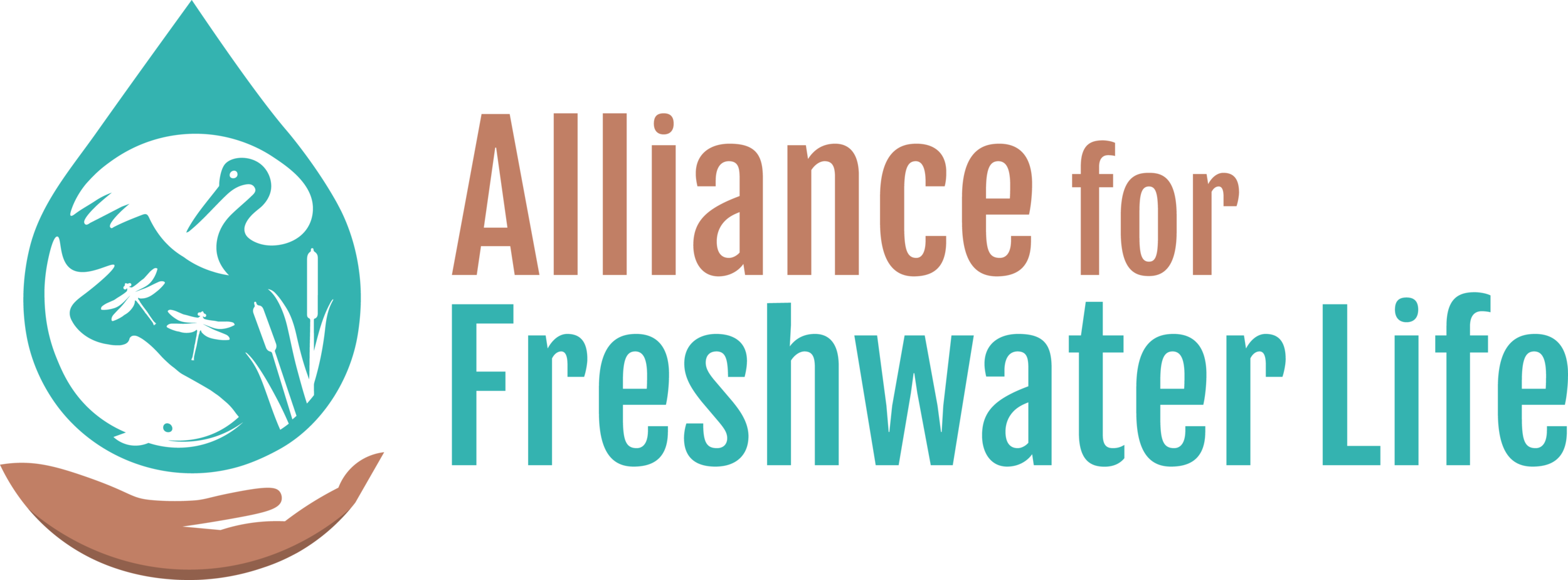COP14 Statement on Freshwater Biodiversity
The UN Biodiversity Conference in Sharm El-Sheik, Egypt ended this past week.
Read our COP 14 statement calling for action to protect freshwater biodiversity below:
“The Global Biodiversity Outlook 41 suggests that the CBD’s 2020 (Aichi) Targets to protect ecosystems and theirbiodiversity will not be achieved. This is especially the case for inland waters – rivers, lakes, springs, and other freshwater ecosystems often classified as inland wetlands. As much as 75% of the world’s inland wetlands may have been lost during the 20th century, less than 40% of large rivers remain free flowing, and approximately one-third of the freshwater species assessed by the IUCN Red List of Threatened Species are threatened. Freshwater species have the highest declines in population size (83% decline) according to the Living Planet Report.2
Despite the dire state of inland waters, they receive inadequate dedicated attention. Often perceived as components of the lands in which they are embedded, inland waters conservation targets have been combined with terrestrialtargets within the CBD’s Aichi Targets (e.g., Target 11). This lumping obscures both the distinct threats that inland waters face, and the potential need for targets adjusted for their disproportionate levels of imperilment. As various assessments demonstrate, the current approach to conserving inland waters biodiversity is falling far short. The SDG 6.6 process calls for an ambitious target to “protect and restore water-related ecosystems” by 2020. In 2018, a High Level Panel on Water (HLPW) convened by the United Nations Secretary-General and President of the World Bank Group urged greater collective action to address the growing water crisis. The CBD has an important role to play in supporting these ambitious objectives.
‘Business as usual’ is not an option. Policy makers need clearly defined targets and practical indicators for assessing progress towards the conservation and sustainable management of inland waters and their species. Sustainable development requires better protection of inland waters, which are an essential component of this development, delivering an estimated US$4 trillion of services annually in support of livelihoods. Water-related services are essential for sustaining all communities on Earth, and source catchments must be conserved to ensure the continued provision of those benefits.
The following recommendations are made:
Post 2020 targets must avoid the current trend of viewing the conservation of inland water ecosystems
principally in terms of delivery of water. For example, the HLPW Outcome document does not reference biodiversity in its recommendations on ‘Water and Environment.’ Clearer links must therefore be made between SDG goals 6 and 15 in the revision of targets for post 2020.
A post 2020 revision of the Aichi targets must explicitly include the conservation of inland water ecosystems in all relevant targets, as well as indicators supported by science, with proven case studies to show how these recommendations can work under different conditions.
Effective post 2020 targets for inland waters will underpin achievement of most SDGs, in particular SDGs 2, 6, 14, and 15. Special attention must be paid to SDG targets with a 2020 deadline.
CBD’s post 2020 targets and their indicators for inland waters must place the protection of ecosystems and their biodiversity as the primary focus, to sustain life, conserve species, and consequently provide human water security.
The freshwater conservation and research community is primed to work together and engage across sectors, with CBD Parties and other stakeholders in defining the pathway forward for inland waters in the post 2020 CBD and SDG frameworks.
1. https://www.cbd.int/gbo/gbo4/publication/gbo4-en.pdf
2. https://www.worldwildlife.org/pages/living-planet-report-2018”
PDF available here: https://www.cbd.int/doc/c/8814/39c2/5ba8281033b6423ea5fdb77e/cop-14-inf-45-en.pdf

